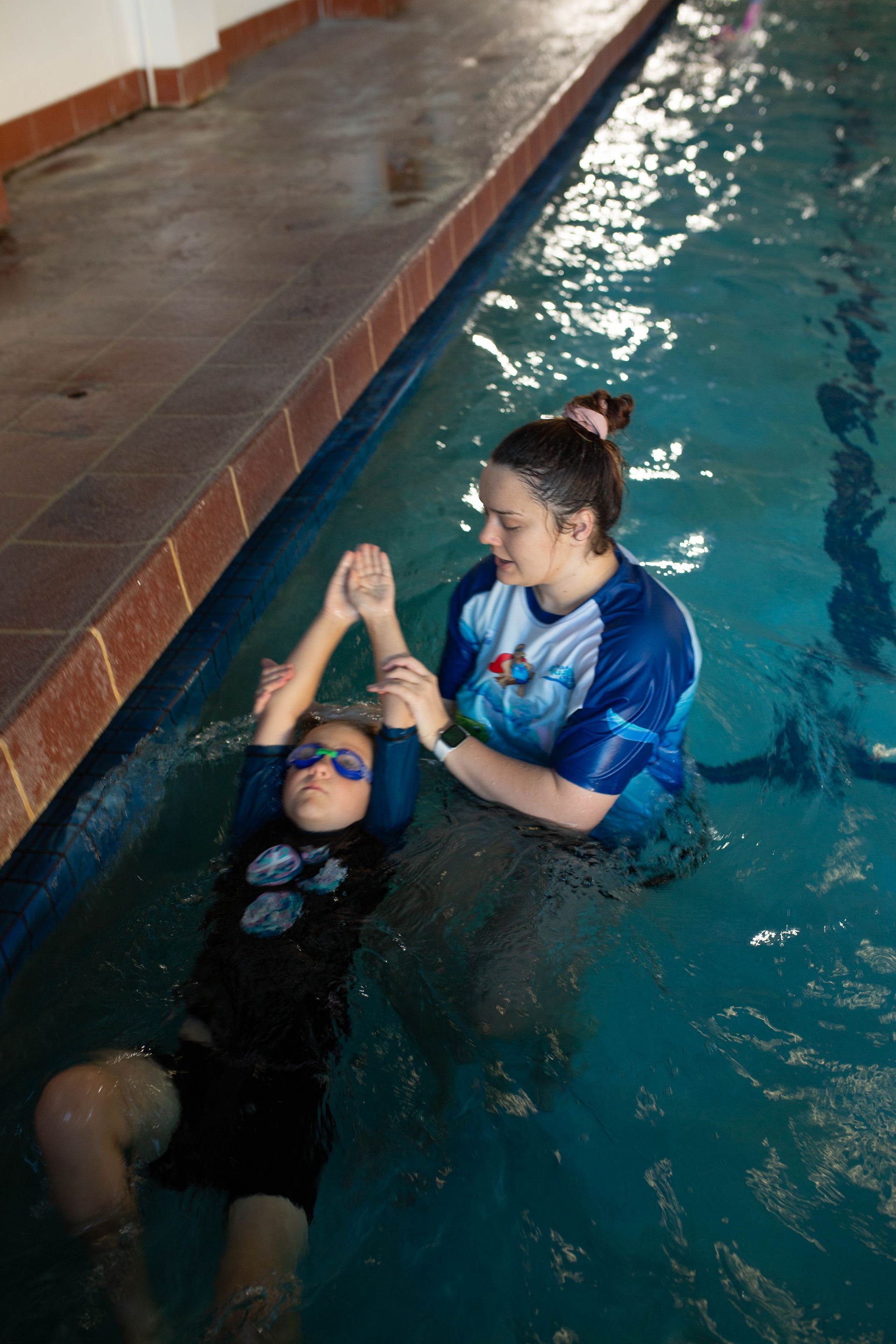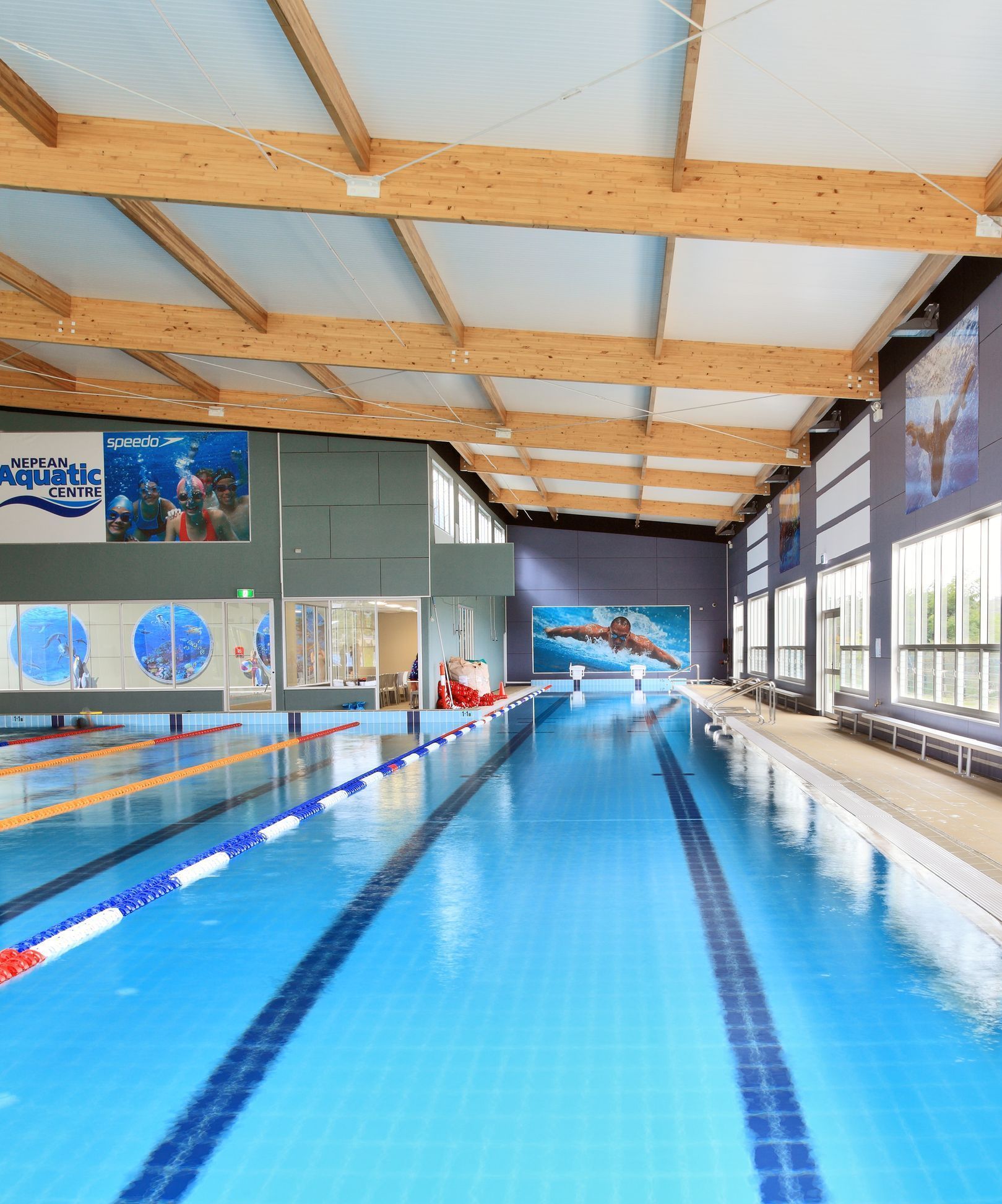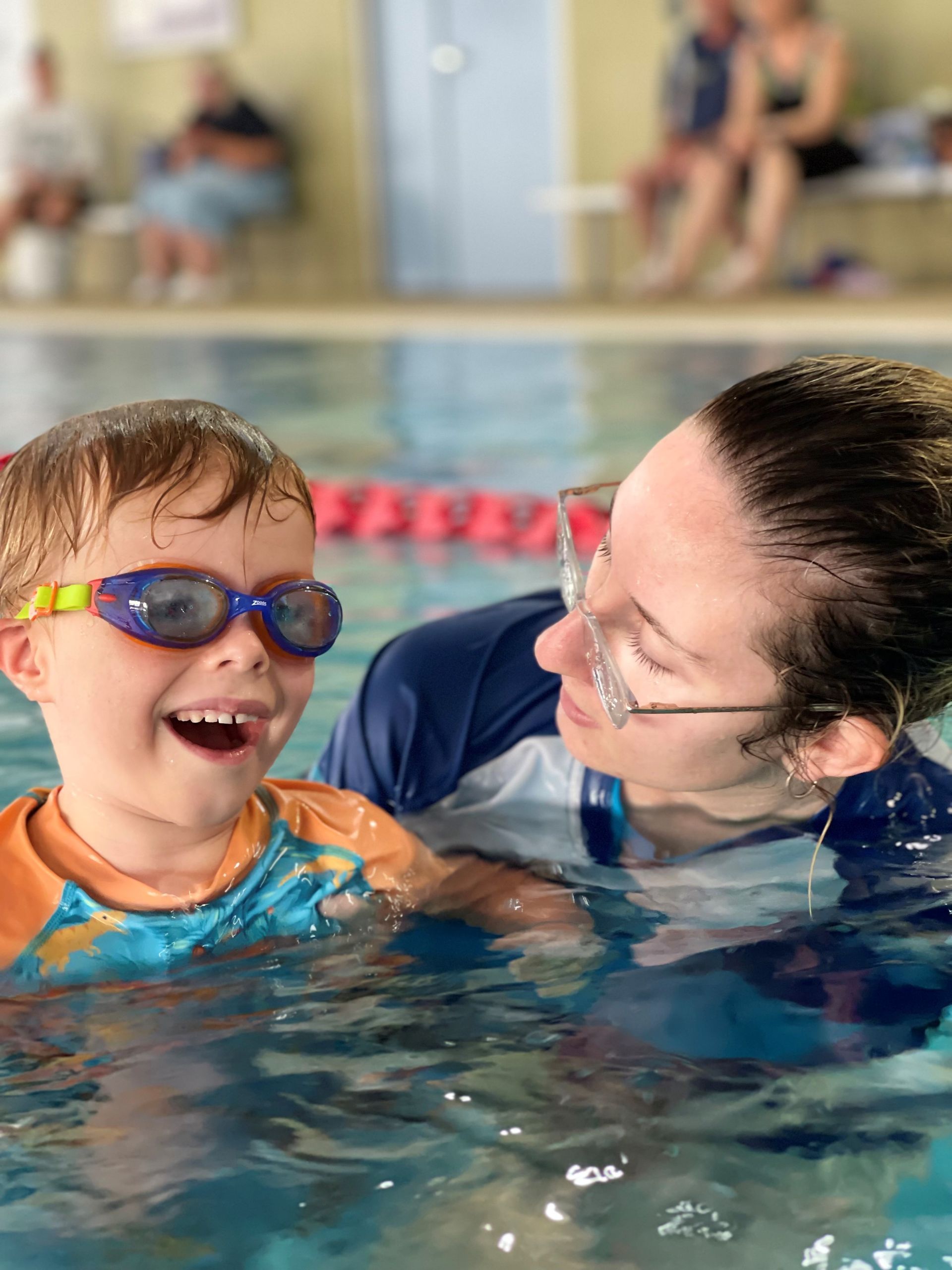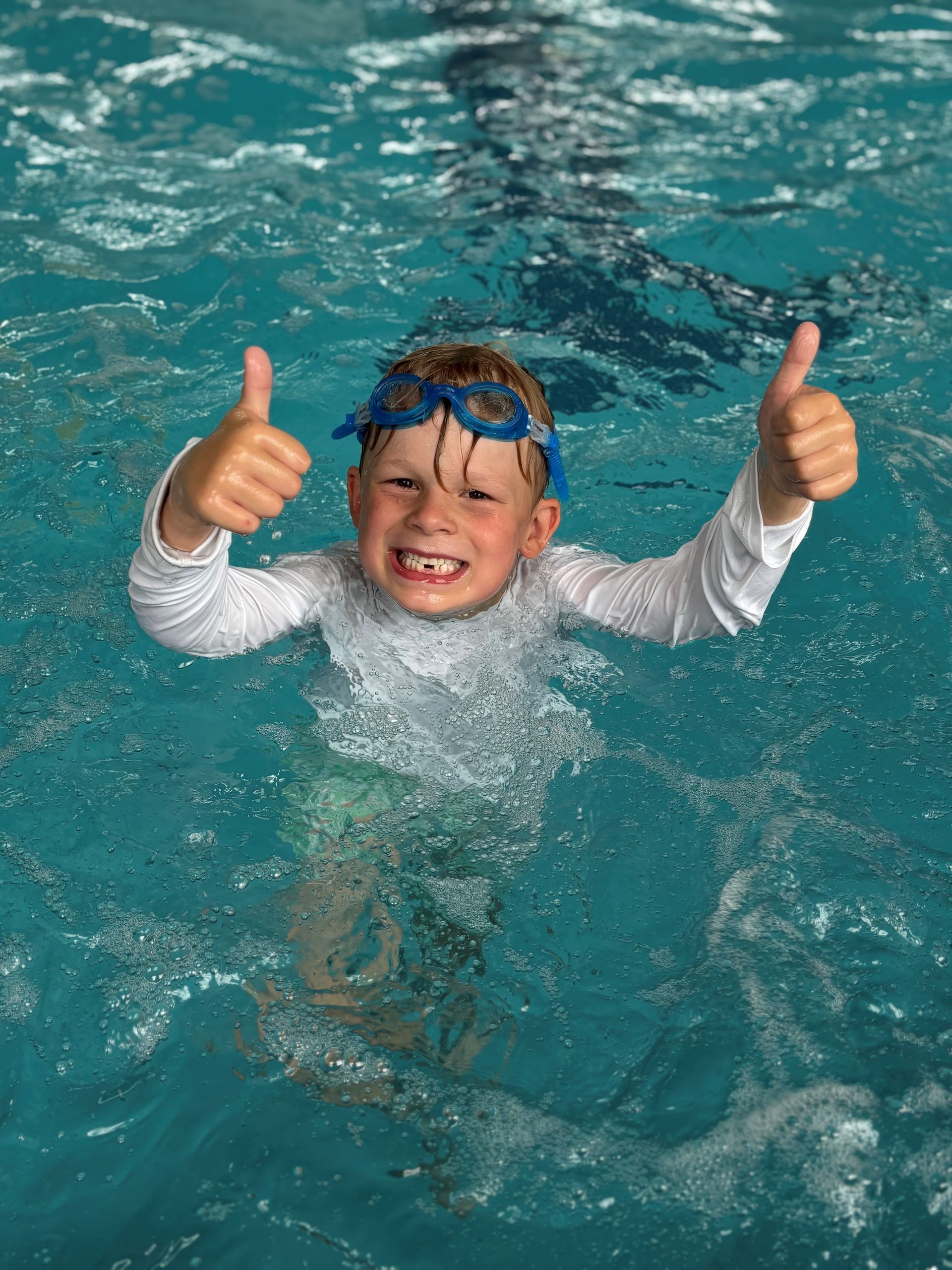Water Safety Myths and Misconceptions
Water safety is a critical issue all year round, but with the weather now really heating up, it’s time to talk about water safety myths. Water safety misconceptions can lead to dangerous behaviours and a false sense of security, so its important to debunk these myths before summer is upon us.
Myth 1. Drowning is Loud and Obvious. Despite what we see on TV, drowning in reality is usually silent and swift. People who are struggling in the water often cannot scream for help because they are focused on trying to stay afloat. They may not have the energy to make noise, and they often struggle silently while attempting to breathe or grab onto something for support. It’s important to stay vigilant and watch for signs like a swimmer's head being low in the water, flailing arms, or a lack of forward motion, even if the person doesn’t seem to be panicking.
Myth 2. Swimmers Can’t Drown if They Can Swim. Often people believe that strong swimmers are immune to drowning, but that is far from the truth, especially if they are caught off guard by unexpected circumstances such as strong currents, fatigue, or a medical emergency. Swimming in open water, such as oceans or rivers, is particularly risky because factors like changing tides, waves, and rip currents can quickly overwhelm even skilled and experienced swimmers. In addition, dehydration, hypothermia, and exhaustion can all contribute to drowning, regardless of swimming ability.
Myth 3. If Someone is Conscious After a Near Drowning Incident, they’re Fine. Another dangerous misconception is that if a person is conscious after a near-drowning incident, they have not been harmed. However, water inhalation can cause delayed symptoms. A person may feel fine initially but may later experience symptoms of secondary drowning or dry drowning, which occurs when water enters the lungs and causes respiratory distress. These conditions can develop several hours after the incident and may lead to difficulty breathing, chest pain, or even loss of consciousness. Anyone who has inhaled water, even if they seem fine, should be monitored closely and seek medical attention.
Myth 4. Life Jackets Are Only for Non-Swimmers. While life jackets are often associated with people who cannot swim, they are just as crucial for skilled swimmers, especially in open water. Life jackets provide an additional layer of safety in case of sudden fatigue or unexpected accidents. Wearing a life jacket is particularly important in fast moving water or when boating or fishing, as accidents can happen quickly and without warning. Even strong swimmers can become disoriented or exhausted, and a life jacket can be the difference between drowning or not.
Myth 5. You Can’t Drown in Shallow Water. Not true! Even in shallow water, drowning is a real risk, especially if the person is alone. Shallow water incidents are particularly dangerous for young children or individuals with disabilities, as a slip, fall, or loss of balance in just a few inches of water can result in an inability to right oneself, leading to suffocation. By educating ourselves and others about water safety, we can work together to reduce the number of drowning incidents in our community and keep everyone safer in and around the water
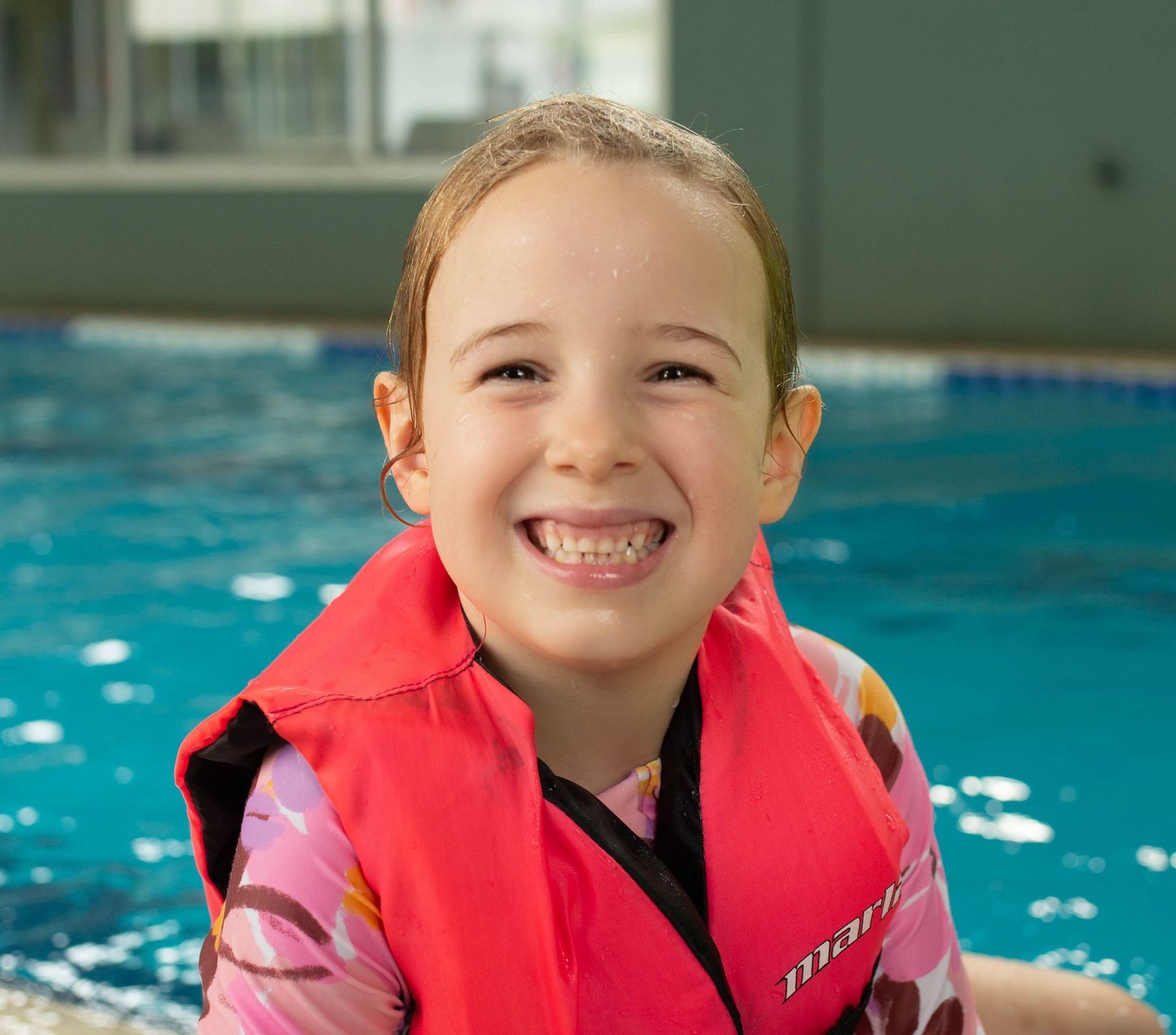
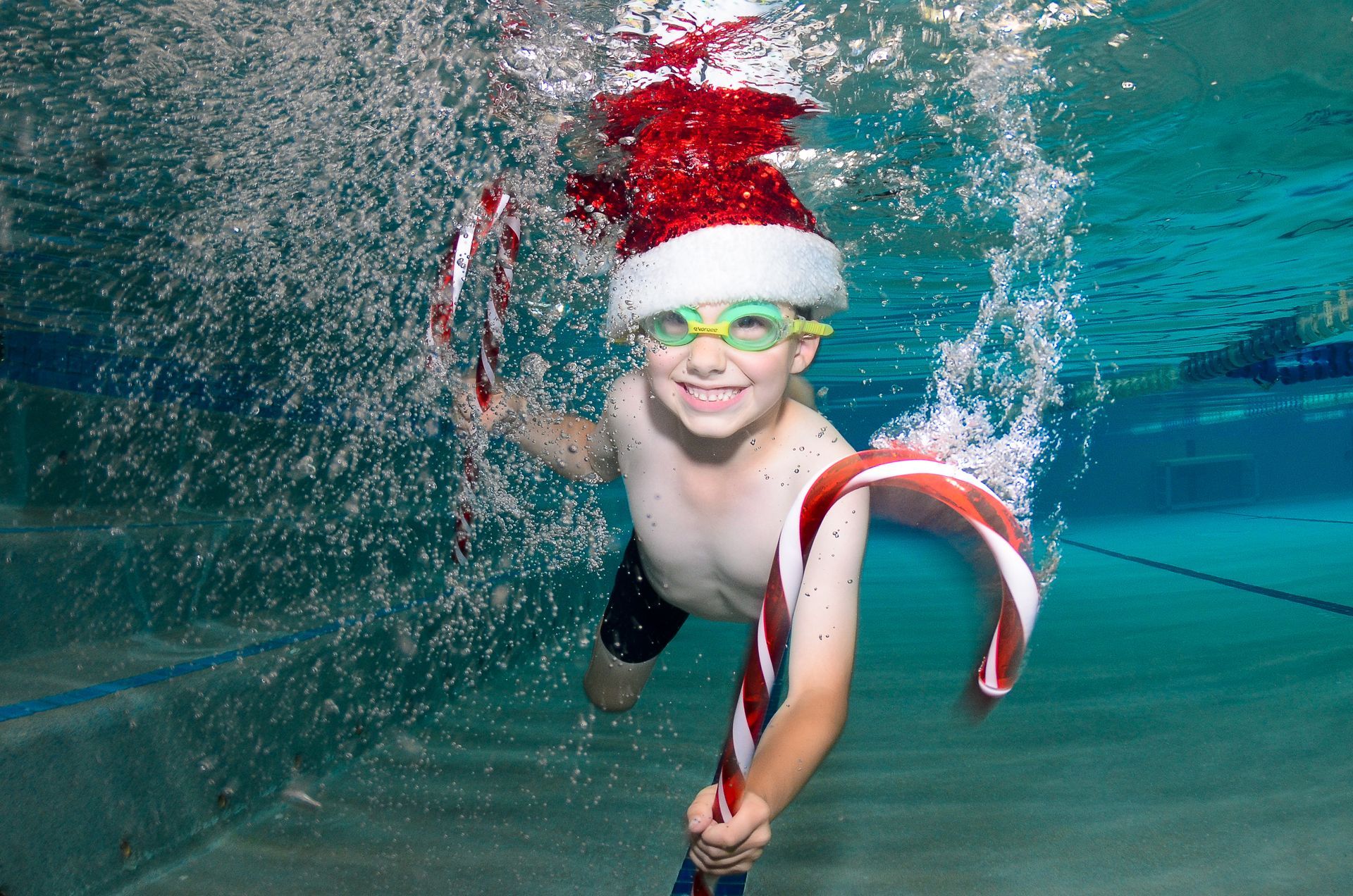
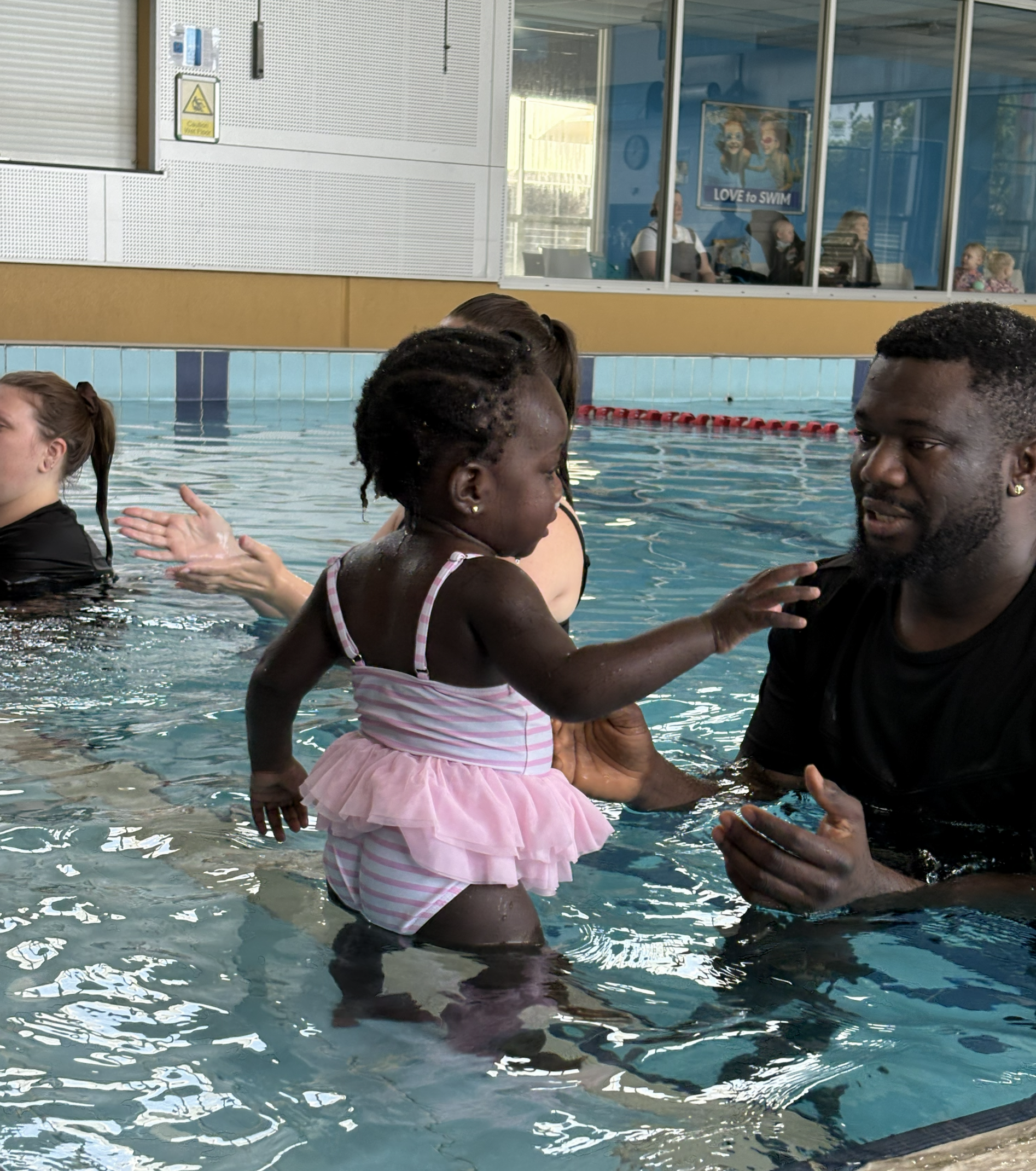
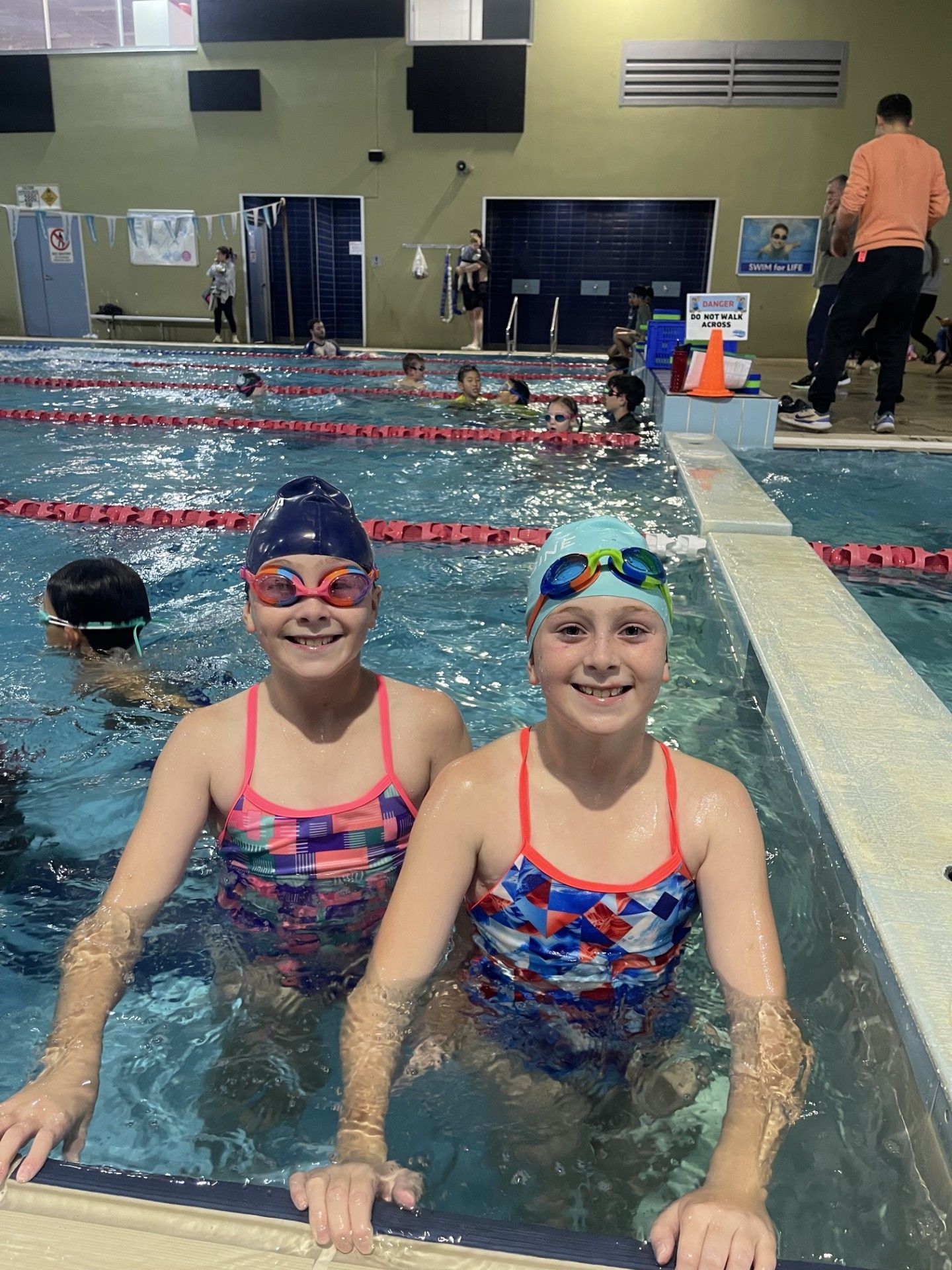
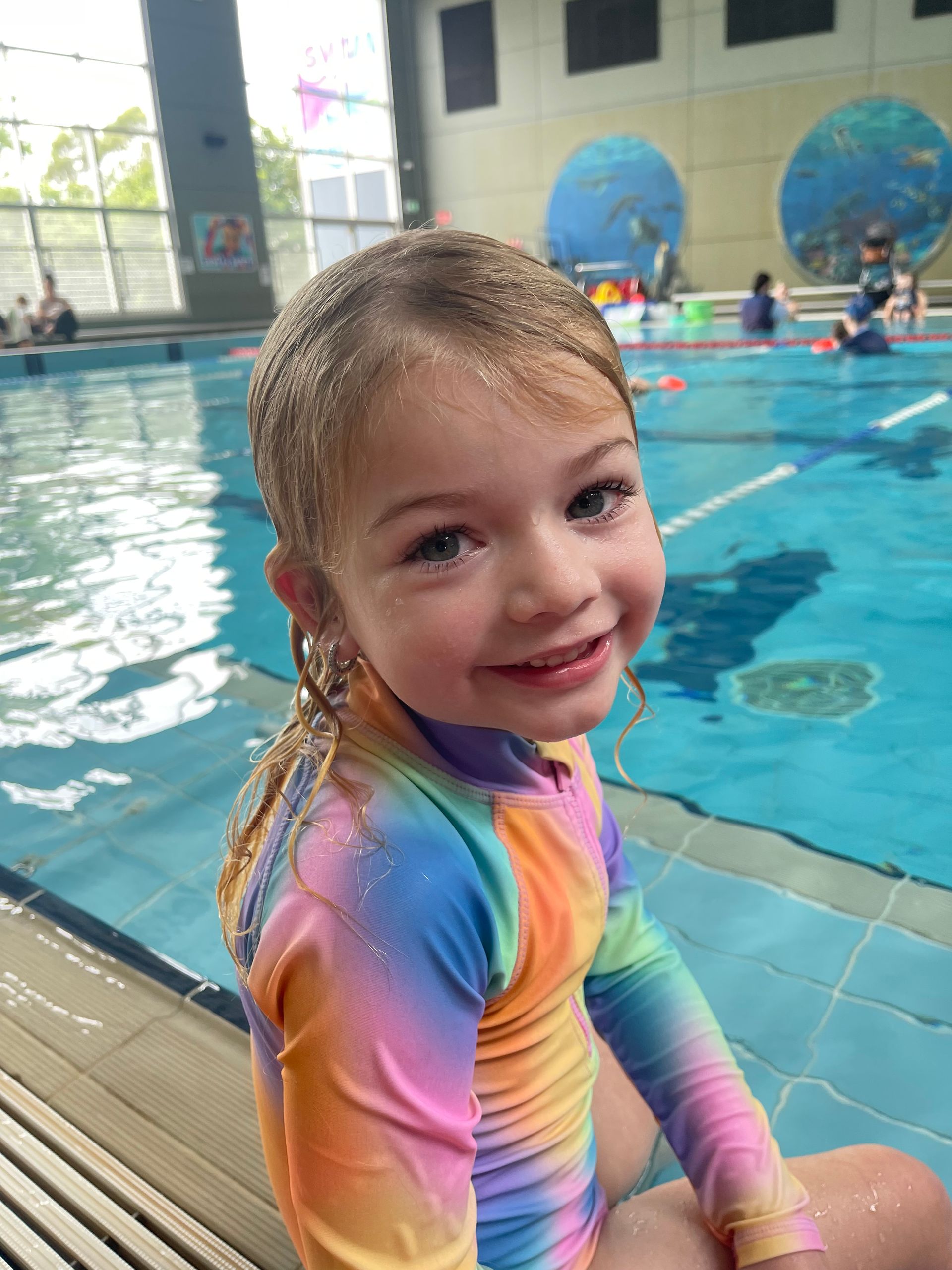
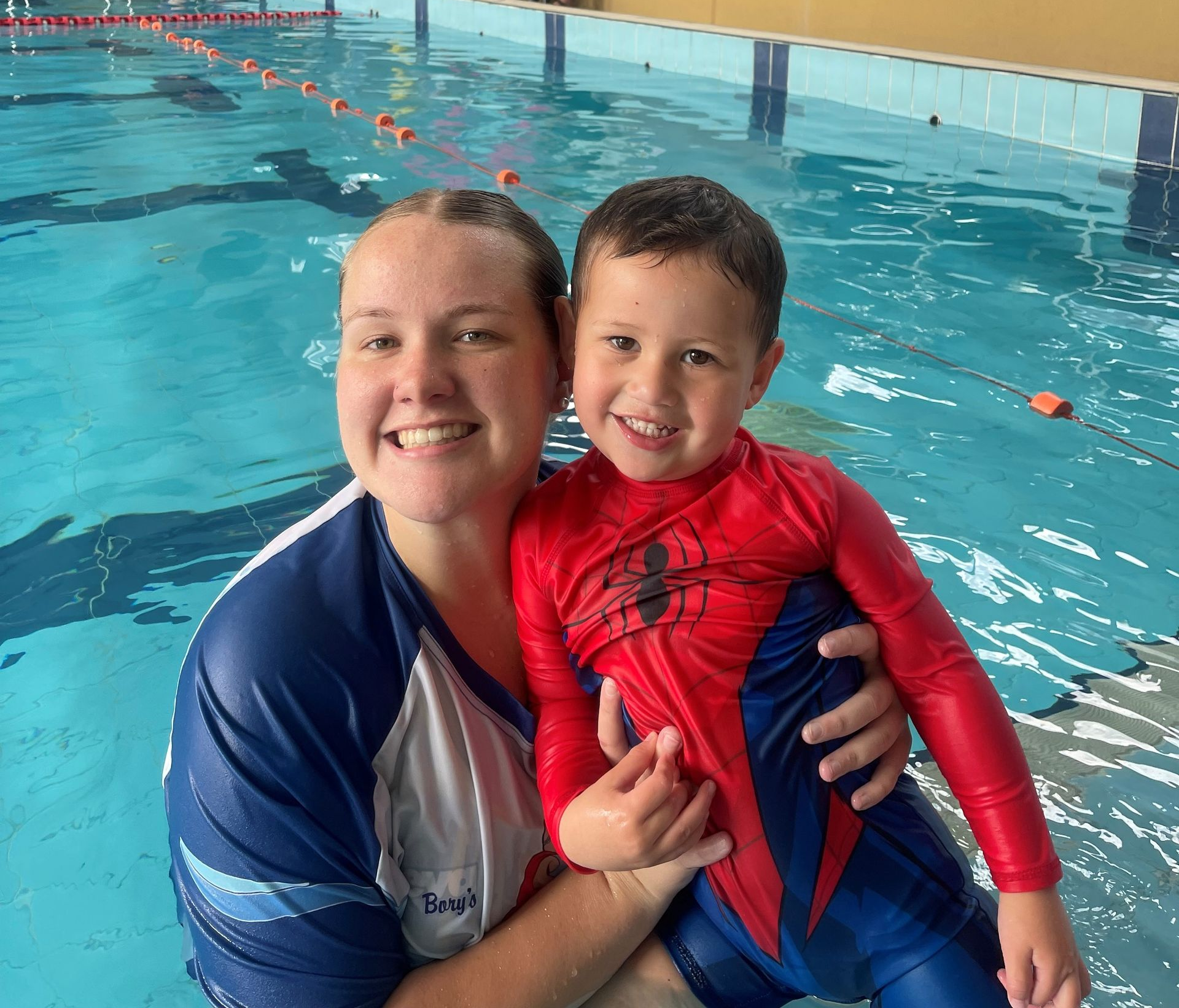
The 2025 National Drowning Report reports the highest number of drowning deaths since records began.
